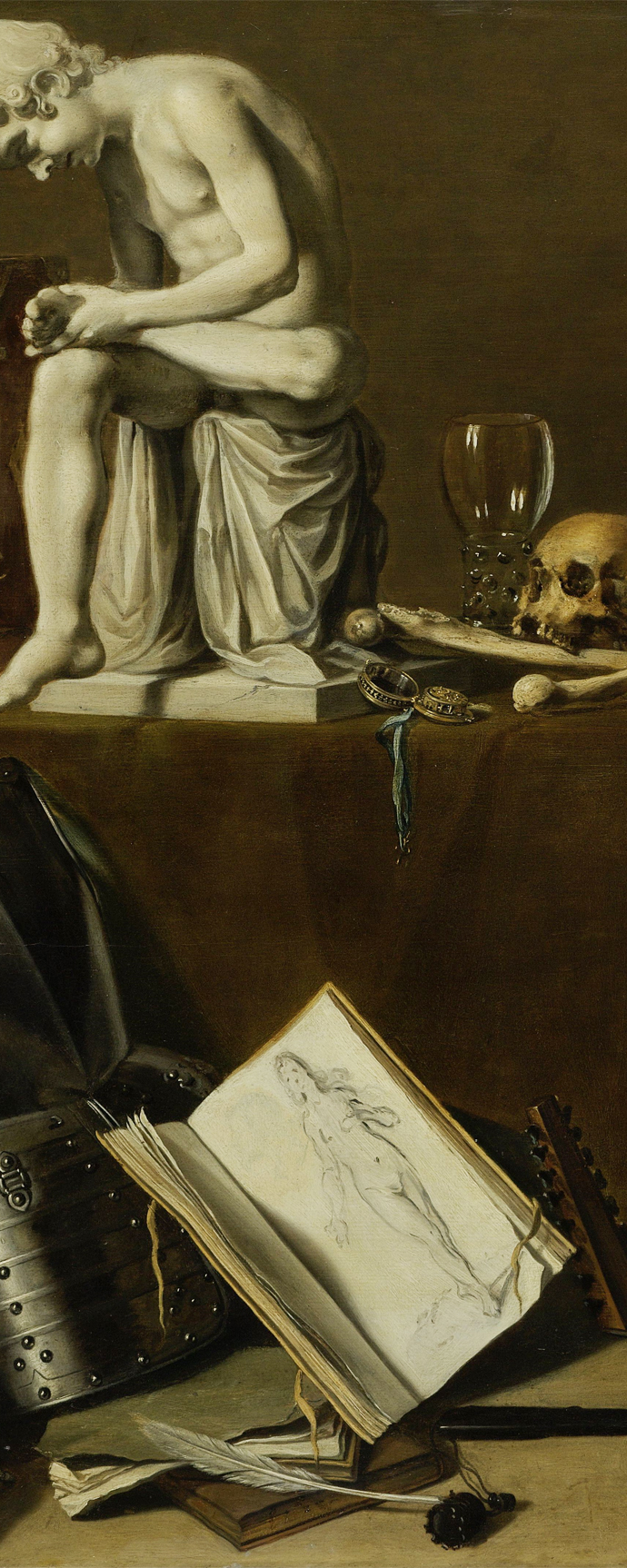Art History Course
STILL LIFE IN ART: Beauty and Meaning
.
Still life, once relegated to the lowliest genre, is now regarded as one of the most fascinating, and has always been popular with buyers. This course looks at still life in its broadest sense: the development of the subject through history but also the meaning of objects. These could be man-made or from the natural world.
Objects included in an artwork can carry enormous significance, unlocking clues to hidden meanings. They might suggest the interests of a sitter in a portrait, they might perform the role of attributes, identifying a god or saint in a history painting.
Objects can be allegorical or symbolic, perhaps with the moral message of 'vanitas': reminders of the transience and fragility of the human condition. Alternatively, they could tell us about abundance, luxury, greed - or vice!
Still life paintings and sculptures can mimic with great skill the visual world around us. Some are so compelling they are categorised as 'trompe-l'oeil'.
We can recognise stylistic developments across the centuries. During the period of Modernism, for example, the subject became a vehicle for experimentation with style and materials. We can also, quite simply, enjoy still life for its aesthetic qualities.
Join me to explore the history, discover the meaning and appreciate the beauty of still life in art.

